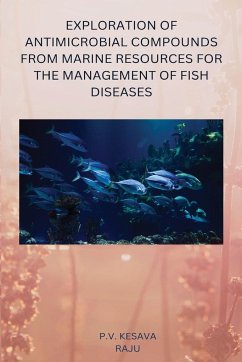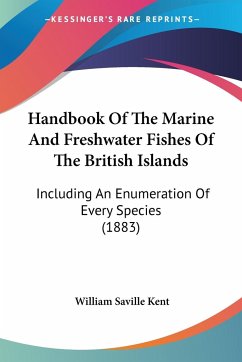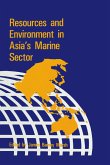Fishes are the first vertebrates with jaws, which are cold-blooded animals and can breathe through gills, there are about 36,000 species, which represent 40% of the total vertebrates present on the planet earth. They have evolved during Ordovician period and widely distributed during Devonian period, which is known as ¿Golden age of fishes¿. The study of fishes is known as Ichthyology. They live in all types of water bodies and have a great significance in the life of mankind, being an important natural source of protein and omega 3 fatty acids, providing certain other useful products as well as economic sustenance to many nations (Piska and Naik, 1999). The capturing and culturing of the aquatic organisms in salt water accounts for bulk of the fishery products that reaches world markets. World capture fisheries production and aquaculture peaked about 140 metric tonnes in 2002 (FAO, 2002). In most countries, marine fisheries employ many of the fishers (Abu Talib et al., 2003a; Boonchuwongse and Dechboon, 2003; Cruz Trinidad, 2003; Long, 2003). The marine sector dominates capture fisheries production in all countries, [60-85%] and these tend to be dominated by demersal species (Janetkitkosol et al., 2003; Abu Talib et al., 2003b). Srilanka and the Philippines are exception where pelagic species dominated the landings from coastal fisheries (Barut et al., 2003).
Hinweis: Dieser Artikel kann nur an eine deutsche Lieferadresse ausgeliefert werden.
Hinweis: Dieser Artikel kann nur an eine deutsche Lieferadresse ausgeliefert werden.








